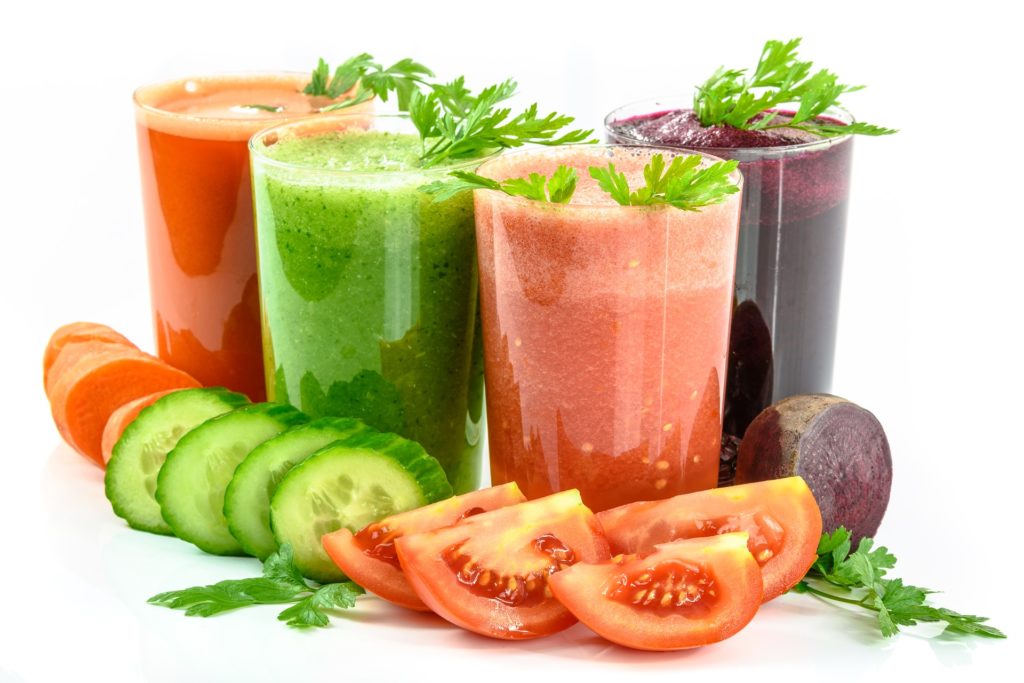Cramps affect almost everyone. During or after exercise, they occur more or less suddenly and invade us with a tensed pain. Some of us are more prone to cramps, others less so. Excessive muscle strain, lack of training, dehydration, there are many reasons for this. What is a cramp? What are the causes, the symptoms? How can they be prevented? Here are some of the answers.
What is a cramp?
By definition, a cramp is an involuntary, sudden, temporary and more or less painful muscle contraction. Cramps are common events, which affect all sports and especially endurance sports (trail, running, cycling…).
To fully understand the origin of cramps, even if it is still poorly understood, it is necessary to focus on the functioning of the muscles. Muscles, when they contract, allow bone joints to move. This contraction results from a narrowing of the muscle, from 30 to 50% of its length. At rest, the muscle relaxes and returns to its original length. Muscle contraction requires oxygen and different energy sources to allow muscle fibres to move. The latter also require the presence of ions such as potassium, sodium and calcium (electrolytes). It is the exchanges and changes in concentration of these ions that allow either contraction or relaxation.
For a long time, cramps have been associated with an increase in lactate levels in muscle fibres. This lactate, a waste product created by the body after intense or long-lasting exercise, increases muscle acidity. In reality, lactate has nothing to do with the cramp phenomenon. Let’s take this opportunity to give you our tip to fight against muscle acidity. At the end of the exercise, the use of a recovery drink enriched with bicarbonates will help to buffer muscle acidity. Hydration with bicarbonated water during the day, or the use of a drink enriched with electrolytes whose sources are bicarbonates, also makes it possible to anticipate the increase in lactate during exercise.
Cramp, origin and symptoms
Recent studies on cramps show that it is more likely that the mechanisms of cramp emergence are linked to mineral deficiencies. These deficits can come from:
- A loss of minerals (sodium, potassium in particular) through sweat during exercise
- Mineral deficiencies linked to poor daily nutrition
- A more or less advanced state of dehydration
- From a poor nutritional strategy to exercise
- In some cases, hyperexcitability of the neurons involved in muscle contraction
Muscle fatigue during or after a long or unusual effort and an energy deficit are also two factors that increase the risk of cramping. Environmental conditions and in particular the efforts made under high heat and high humidity also promote dehydration and therefore increase the risks. Hence the importance of adapting your sports nutrition to climatic conditions.
We have all or almost all been confronted with it already. The intensity of symptoms is specific to each individual but the mechanism is always the same. The cramp usually starts suddenly and abruptly, without any prior sign of anticipation. It results in an involuntary and uncontrollable painful contraction of a muscle or cluster of muscles resulting in a temporary functional disability of the affected muscle group. It is very often of short duration (from a few seconds to several minutes). In case of prolonged contraction, we speak of tetany. The muscles most often affected by cramps are those of the lower limbs, especially the calf.

How to prevent them?
If it is very difficult to act when the cramp occurs, if not by stretching the affected muscle, it is possible to prevent their appearance by very simple reflexes. It is therefore essential to have a varied and balanced diet so as not to be confronted with mineral deficiencies. Choose mineral-rich foods such as green vegetables, whole grains, oleaginous fruits (nuts, hazelnuts, almonds), dairy products… Remember that fresh foods (especially fruits and vegetables) have a much higher nutritional value than processed foods (industrial preparations or frozen products). Regular hydration (1.5L of fluid per day) is also essential.
During the effort, it is very important to focus on hydration. Drinking 500 to 600mL per hour is essential, a few sips every 10 to 15 minutes. When the sensation of thirst comes, it is already too late. Thirst is only a signal that dehydration is settling in!
This hydration must combine a supply of water but also carbohydrates and minerals. The intake of sodium (from 200 to 350 mg / hour) and potassium (150 to 300mg / hour) is very important, especially when the effort is made in hot conditions. A ratio between Sodium and Potassium close to 1 is even more relevant (e.g. equivalent sodium and potassium intake of 250mg / hour). Calcium and magnesium intake remain interesting but is not necessarily a priority for effort.
After exercise, a drink enriched with carbohydrates, proteins, minerals and bicarbonates can play a role in all aspects of recovery: renewal of energy stocks available for muscles, compensation for losses linked to sweat, buffering muscle acidity. These different active ingredients will help to relieve muscles, eliminate stress related waste and thus reduce the risk of cramps.
Finally, physical training does play a key role. Regular training allows your body to get used to the effort and better manage energy needs. The stretching sessions scheduled during the season allow the muscles to be trained and softened. Warm-ups must also be systematic before the effort.
J.RAOUX, Labs Nutrition
Schwellnus MP. Cause of exercise associated muscle cramps (EAMC)–altered neuromuscular control, dehydrationor electrolyte depletion? Br J Sports Med. 2009 Jun;43(6):401-8. Epub 2008 Nov
Schwellnus MP, Drew N, Collins M. Muscle cramping in athletes–risk factors, clinical assessment, andmanagement. Clin Sports Med. 2008;27(1):183-94, ix-x.